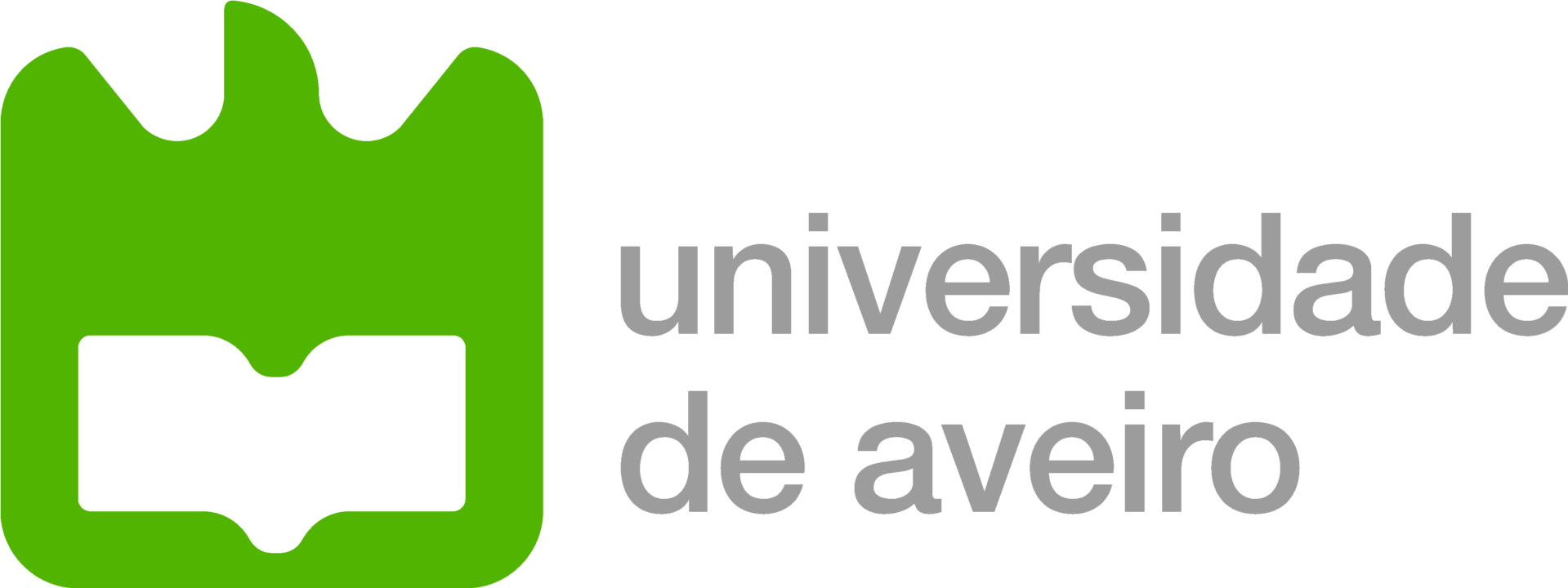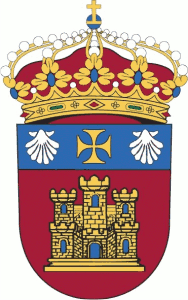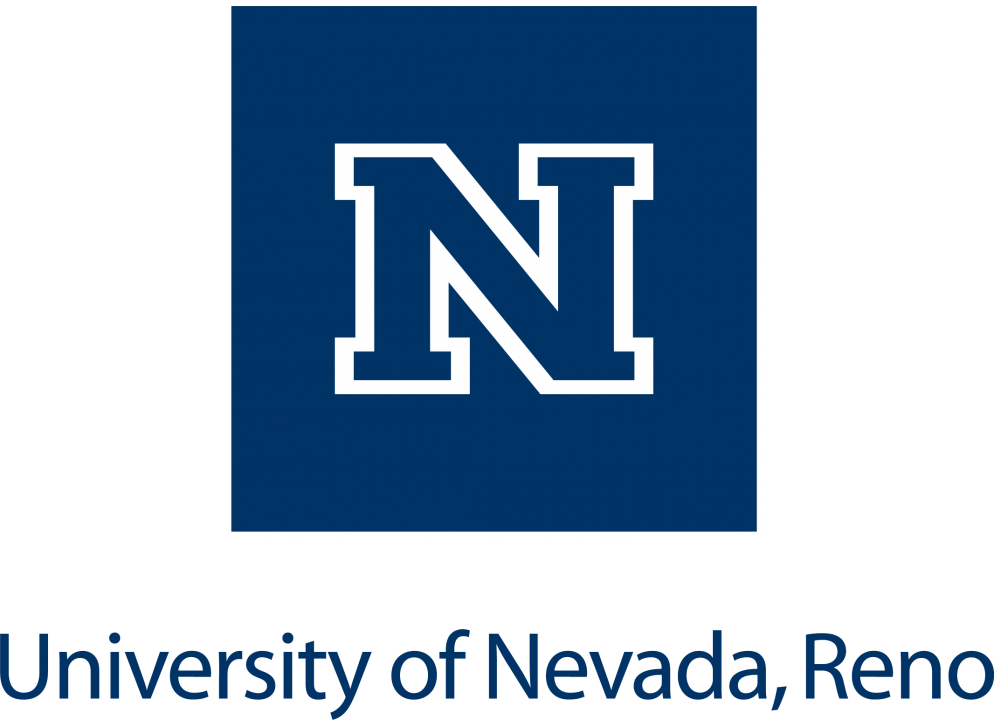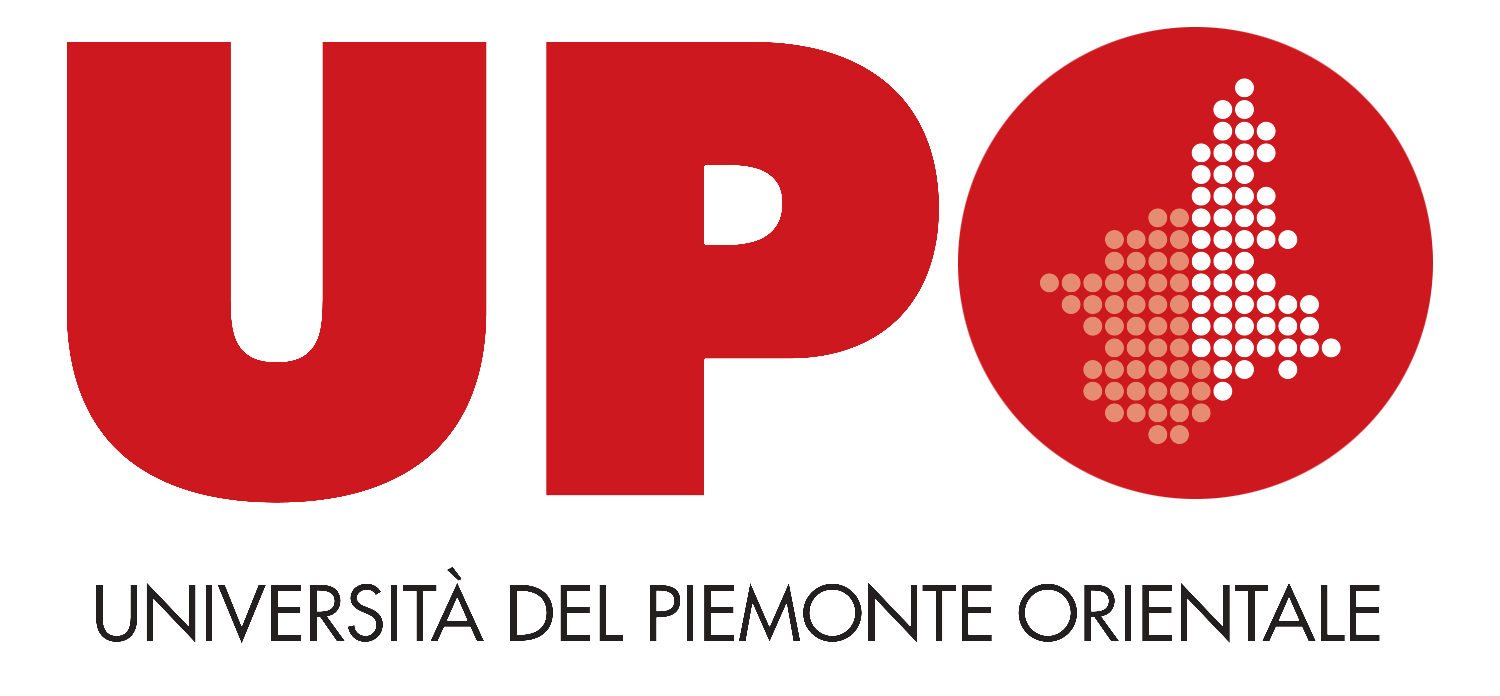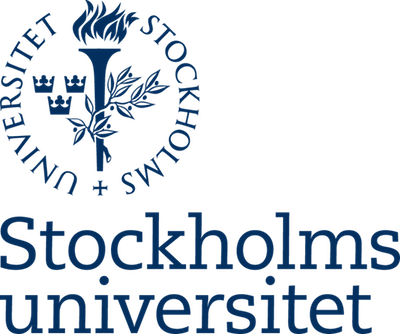Nanosafety research has become data intensive and there is a need to harmonise high quality data and make it available for further mining and reuse. UoB is working closely with the University of Aveiro to curate data from the NanoFARM and NanoFASE (non-mesocosm) projects in a harmonised fashion and make them available through the NanoCommons data warehouse. The data and metadata are being annotated to increase their fairness scores and combine them with other available datasets. This will allow potentially new and more refined insights through new more robust statistical analysis.
Awarded projects
NovaMechanics are working with the University of Burgos to apply the Enalos platform tools for the analysis of a series of TEM images of spherical nanoparticles to extract useful nanodescriptors to enrich the experimental descriptors. University of Burgos also likes to use the calculated image descriptors in zeta-potential estimation.
The University of Maastricht is working with students from the University of Plovdiv to provide essential training on ontological annotation of nanomaterial safety data to support semantic data integration and analysis.
Specific tasks include:
- Ontology annotation of publicly available nanomaterial characterisation and
safety data- Acquire knowledge of the concept of ontology and finding ontology terms
- Annotate subset of nanosafety data with ontology terms
- Add new terms to eNanoMapper ontology and improve existing definitions
- Using ontology annotation to improve data FAIRness
- Improve the RDF output of eNanoMapper with annotated entries
- Be able to query a semantic databases using ontology hierarchies
- Import data into eNanoMapper database – transfer knowledge to the host
- Provide training on how to configure files for eNanoMapper database import
- Import facilitated by ontology annotation
The National Technical University of Athens is working with the University of Nevada, Reno to integrate a PBPK model in the NanoCommons infrastructure through the Jaqpot modelling platform. The PBPK model concerns the distribution of polyethylene glycol-coated polyacrylamide (PAA-peg) nanoparticles on rats and has been published in the literature [Link]. The goal is to develop a well validated ready-to-use web application, where a user can simulate and test different scenarios, based on an initial implementation developed by the National Technical University of Athens.
NovaMechanics is working with the University of Piemonde Orientale “Amedeo Avogadro” on the standardisation / normalisation for the expression of profiling data Identification of the most significant Genes using machine learning approaches. Splitting the available data on Malignant Pleural Mesothelioma & Normal Paired Lung Parenchymainto into training and test sets. Application of modelling procedures in order to develop a predictive model. Validation of the predictive model according to OECD principles Analysis of expression profiling data obtained from carbon nanomaterials exposed cells.
Stockholm University is working with Maastricht University for the development of ontological branches and template formats for presenting and storage of nanosafety relevant data obtained by molecular modeling methods such as molecular dynamics or quantum-chemical computations, in accordance with requirements of the European Commission’s Open Data Pilot and the FAIR principles.


